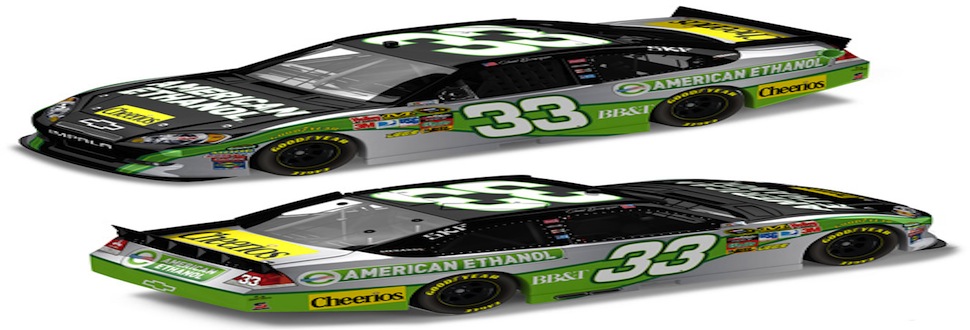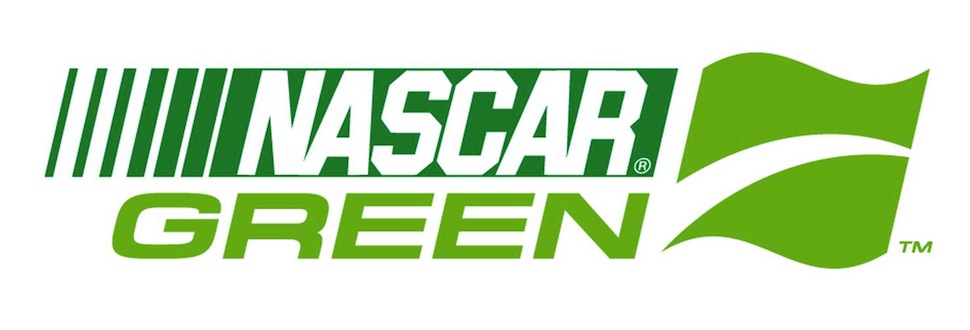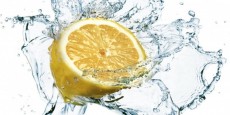Is green Nascar an oxymoron? After all, the sport is all about watching gas guzzlers drive at high speeds in circles for hours. Until 2007, race cars used leaded fuel. Tens of thousands of fans still drive to races in recreational vehicles and other gas hogs.
However, an ethanol blend is the official fuel of Nascar this season.
While the core of the sport remains unchanged, Nascar, its teams, track operators and sponsors are employing an ambitious set of green initiatives that includes collecting used fuel, planting trees to offset carbon emissions, and deploying sheep to keep the infield grass short.
Some things Nascar is doing to stay green:
- Nascar currently claims to have the largest recycling program in sports because of Coca-Cola and Coors Light, two Nascar sponsors that are expected to recycle about 12 million bottles and cans this season, twice as much as last year. At races, the trucking company Freightliner stations a clean-diesel rig — with a Richard Petty custom paint scheme — bearing a Coca-Cola compactor that crushes up to 1,000 containers a minute. Hundreds of tons of cardboard are also collected each season.
- The installation last year of 40,000 solar panels over 25 acres at Pocono Raceway in Long Pond, Pa.
- The track operator, which spent about $15 million to build the three-megawatt solar farm, now saves about $500,000 a year in energy costs and has produced electricity equal to 324,000 gallons of gasoline.
- About 225,000 gallons of fluids like used fuels are expected to be recycled at Nascar tracks this year.
- As part of a broader sponsorship, Nascar put the logo of American Ethanol, the promotional group for Growth Energy and the National Corn Growers Association, on the green flags used to start races.
- To offset the substantial amount of greenhouse gases still produced at races, Nascar has started to plant 10 mature trees after each race, often in communities near the tracks.
- The Toyota Camry hybrid is the pace car of choice at many races.
- At the Infineon track in Sonoma, Calif., a small herd of sheep graze on the infield to keep the grass trimmed.
- Another example is the Roush Fenway team, which recycles 96 percent of each car it produces and has eliminated Styrofoam cups and bought bicycles for workers to get around its facility in North Carolina.
Still, even the most avid environmentalists at Nascar acknowledge this is only the beginning of a long process to clean up the sport.
We’re realists and we race cars that burn a fossil fuel that get four to five miles per gallon, and we can’t change that, said Ian Prince, the chief sustainability officer at Roush Fenway. But we can change the other 99 percent of it.
HIT FROM: THE NY TIMES















